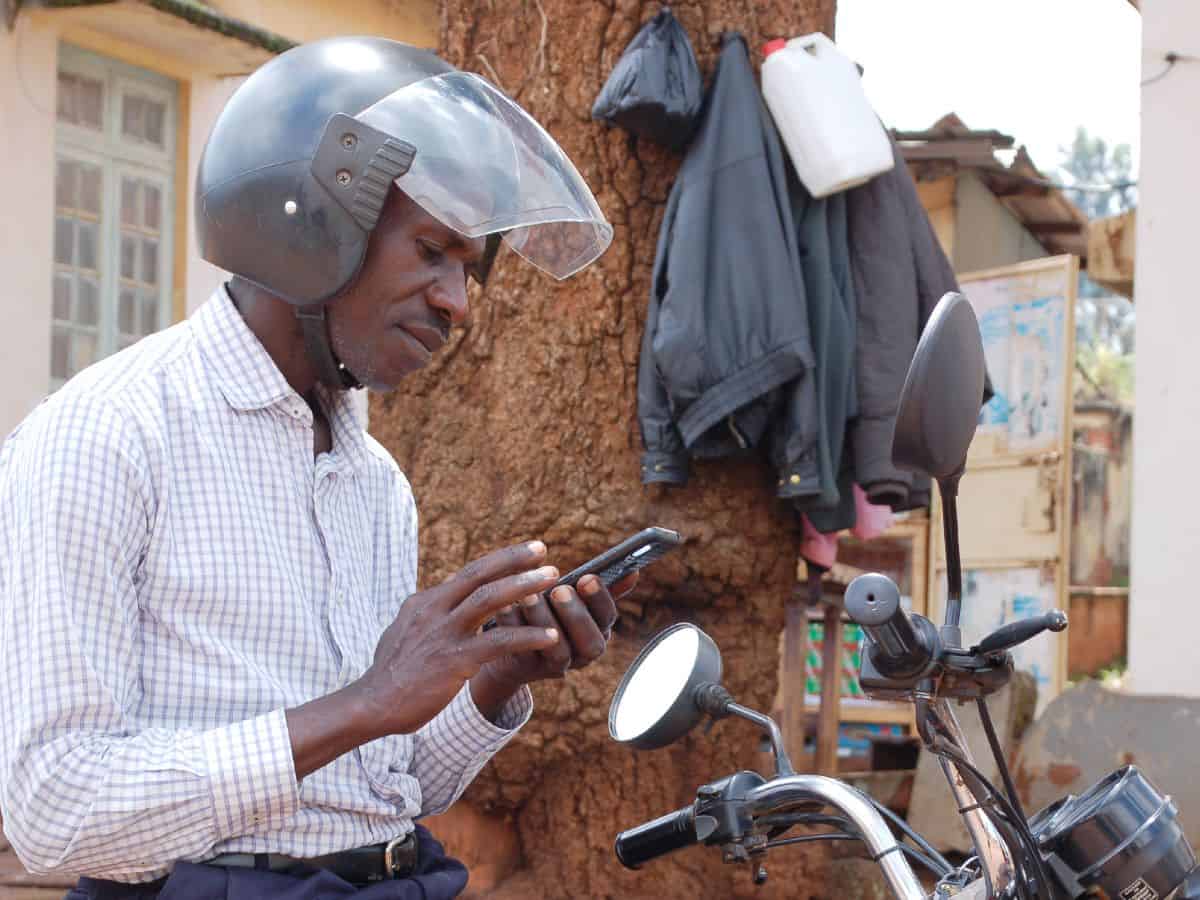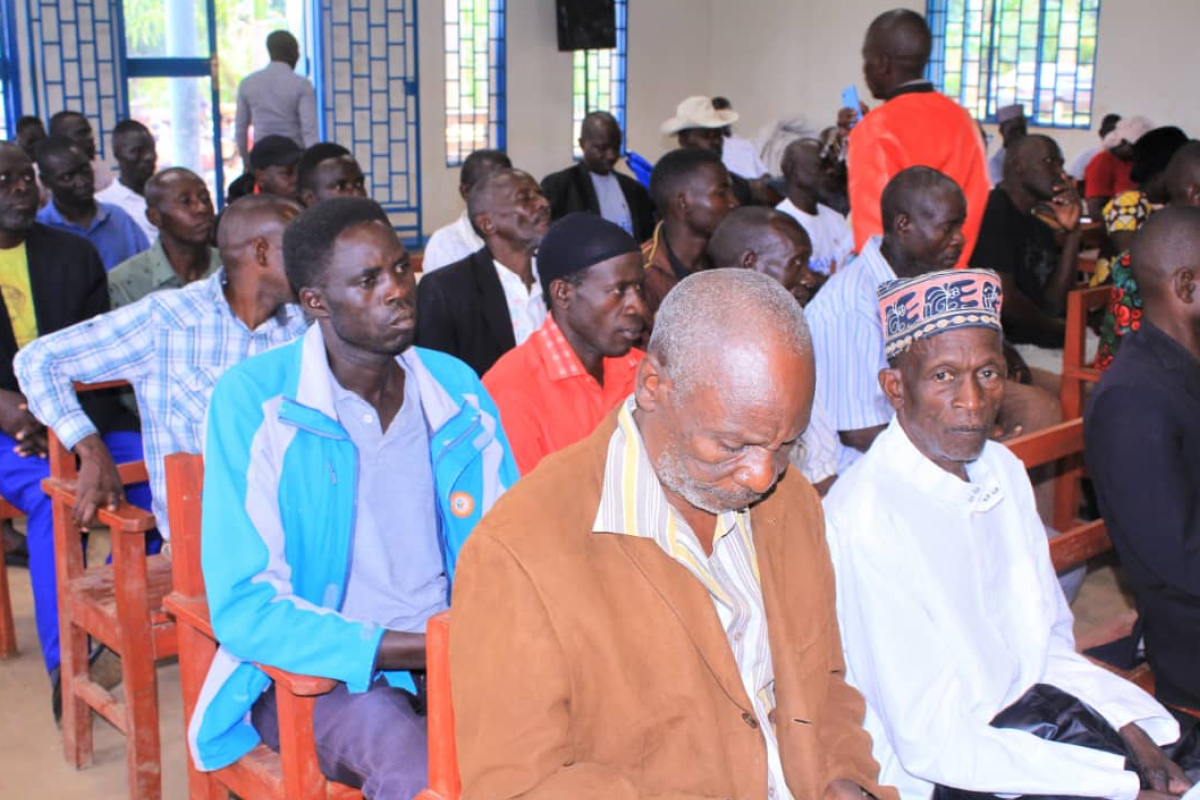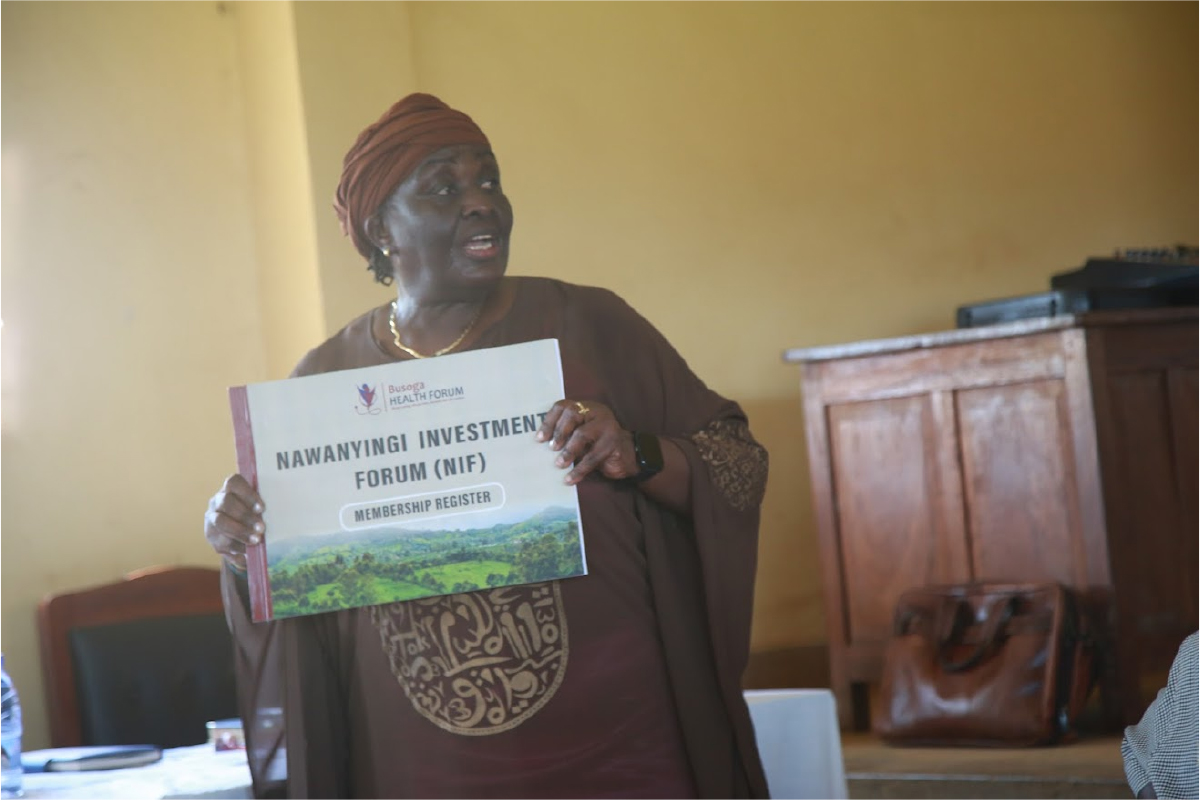Published By BHF | September 22, 2022

By Jacquellyn Nambi Ssanyu & Elizabeth Namara
Urban Thrive Project
Many Ugandans use social media to stay in touch with friends and families and to access information. WhatsApp, particularly, is popular because it allows users to send instant text and voice messages, make voice and video calls, and share images and documents. WhatsApp users are also able to self-organize into groups for various purposes, including social connection, fundraising for causes, and information sharing. This presents a unique opportunity for it to be used as a platform for sharing health information.
Makerere University School of Public Health in collaboration with Busoga Health Forum is implementing the Urban Thrive Project, a three-year project, aimed at increasing the uptake of voluntary family planning in urban settings in Eastern Uganda.
The project is using WhatsApp groups to share tailored information about family planning as one of its social behaviour change interventions. The intervention targets populations with high smartphone ownership like students in tertiary institutions and young men and women in the community. The target is to create 10 WhatsApp groups each year, each including about 50 participants.
Below, we share key lessons learnt in the first months of using WhatsApp groups to disseminate family planning information in Jinja city and Iganga municipality.
- WhatsApp fosters discussions about family planning among young people
As compared to other social behaviour change communication interventions, WhatsApp groups allow the two-way exchange of information, unlike, for instance, SMSs or posters. Family planning information is shared through text, audio, and short video clips within the groups. The administrators then pose questions related to the information shared to elicit discussions among the members.
The groups are age and gender-sensitive, and the information shared in each group is tailored to the demographics of the participants. We have found young people, especially students in tertiary institutions, to be very active in the groups. They are very interested in learning about family planning options for them as most are unmarried. Myths and misconceptions about family planning also dominate the discussions.
“But my request is that you help teach about the various effects of these pills because for me I have had bad experiences with condoms and would like to change to pills if possible” – Young woman
- Having a technical person in each group prevents misinformation
We identified influential individuals from the community to act as group administrators to oversee overall group operations. These are tasked with identifying and inviting potential members from their communities to join the groups.
A health worker with training in the provision of family planning services is attached to each group to respond to any technical questions raised by the group members. This has been important in debunking myths and ensuring that the correct information is shared in the groups.
We identified specific days and times within the week when the health workers are available to respond to questions asked in real-time. This allows the participants to have their questions answered without overwhelming the health workers, who also have full-time jobs and are, in many cases, already overworked.
- Adapt to the needs of the target audiences
It is important to tailor messages and their modes of delivery to the needs of the target audiences. In the early days when most of our messages were shared as text, we noticed that some group members were not as active, while others preferred sending voice messages over texting. This opened us up to other creative ways to reach the participants. The family planning messages are now shared as text, voice messages, and video clips. Similarly, the health workers respond to questions asked through both text and voice messages, and in English, Luganda, or Lusoga, depending on the language used by the person asking the question.
Whereas implementation, learning, and adaptation are ongoing, from our observation, it is evident that using WhatsApp to share information about family planning is fostering online conversations and discussions about family planning in the communities where we work. Such conversations are necessary for debunking myths and misconceptions and increasing awareness about available family planning options.




